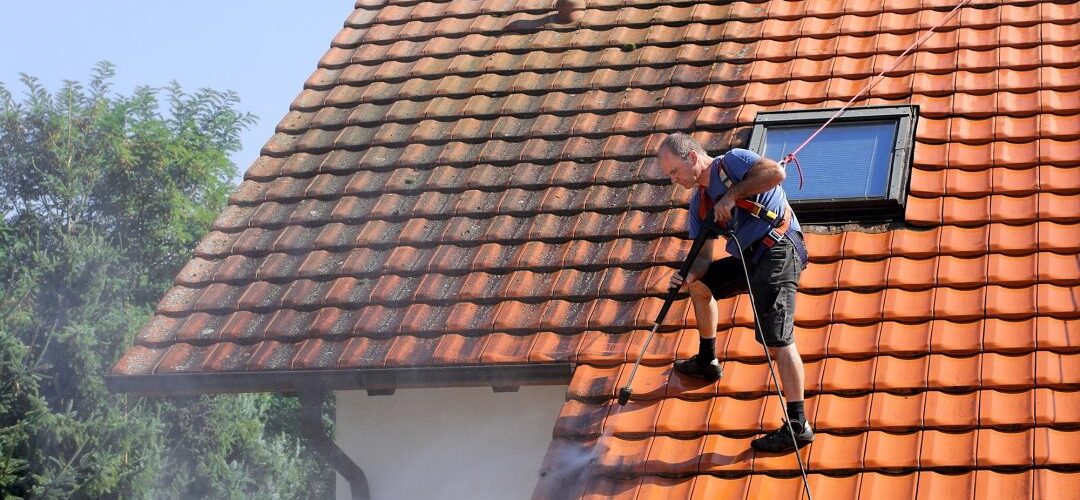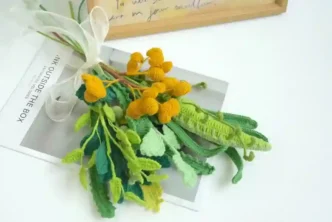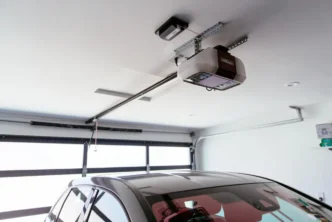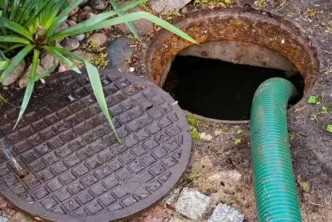Due to the variation of weather, the roof of the house often gets damp For this reason, no matter how tidy it is, the whole beauty of the roof is ruined Therefore, special care is required for the roof According to the architect of the Institute of Innovative Design, firstly, the roof of a house with less light and air penetrates quickly and becomes damp. Also, if there is a water source on the opposite side of the wall of the house, it is also a reason for the roof to get damp. In this case, the architect gave advice on how to prevent the dampness of the roof The role of garlic and tamarind in preventing roof dampness is unknown to many. Blend 250 gms of garlic well with half a kg of tamarind and leave it for 12 hours Now clean the roof well with a brush Now there is a special type of wire brush available in the market for cleaning the roof Clean with a brush and apply the mixture of tamarind and garlic on the wall After keeping it for one day, when the wall dries, it will become brighter only if it is repainted If the budget is low, you can put plastic wood on the wall Usually if there is a garden on the roof or water collects for some reason, the floor directly below the roof and only the first and second floor walls get damp. The walls of the middle flats are normal again This is because the water source always comes down In the case of multi-storey buildings, water seeps through the walls, dampening the ground floor or two-story walls. For this purpose, those who have permanent gardens on the roof of the house can apply dam proofing chemicals on the first or second floor. It is now quite available in the market. If any wet part is seen on the roof of the house or the surrounding wall, then there is a problem in the water line or drainage line of the house. And the effect of that on any wall of the house means that you are already too late to take action, the problem has become serious. But hope did not end. If you can find the cause of the problem and solve it, the future loss can be stopped. Details are based on a report published on the homespace website Livespace. (Learn more about properly how to properly clean your roof)
The location of the wet stain
If the wet stain is on the roof, walls or any corner, it is possible because there is a problem in the water line of the house, it is stuck and water is leaking in that part. That water is constantly being absorbed on one side of the wall, so wet stains are being formed on the other side of the wall. If this wet stain appears on the floor, it may be due to moisture getting from the soil under the floor. This can happen even if there is a problem with a water line under the floor. Again, if the house is damp or it is not clear from where it started, then it must be understood that excess moisture has been created inside the house. This is especially the case when there is not enough light and ventilation in the house. With ‘sealant’, ‘patty’ or ‘grout’ you can block cracks in walls or water lines. Waterproofing or ‘water proofing coating’ should be used on the exterior walls of the house so that rain or humid environment does not make the inside of the house damp. The ‘Damp Proof Course’ should be used while making the floor so that moisture does not reach the floor of the house from the soil. This lining is placed between the soil and the floor masonry, which prevents soil moisture from reaching the floor.
Again, you can use silicone based paint on the interior walls of the house, which has waterproof properties.
Ways to control fungal infections
Due to the damp weather of the rainy season, the roof of the house is often seen to be covered with dark colored fungus stains. However, not all fungi are black. In addition to the roof, there are fungal infections in different places which people cannot see with the naked eye. This stain is found in humid and humid environments which can be toxic in some cases. Most of the time it is made on the roof but it is not visible as it does not appear in the form of blackness and stains.
Symptoms
If left untreated, the fungal infection can become highly toxic. The first thing to look out for is whether there are bubbles in any part of the roof. These bubbles are formed by the accumulation of moisture inside the roof paint. There may even be fungus spots inside those bubbles. Watery eyes, itching, cough, runny nose
Ways to eliminate infection
Bleach is effective in eliminating these fungal infections. You can remove the fungus stain by cleaning the roof, walls, floor, toilet, rugs etc. in different parts of the house with bleach. Rubbing the fungus infected area with ‘borax’ or vinegar will also work. To prevent fungal infections in the toilet, you need to use an ‘exhaust fan’. If water leaks somewhere in the kitchen and toilet, it needs to be repaired quickly.
Light-ventilation
Adequate lighting and ventilation inside the house is very important to avoid damp environment. ‘Cross ventilation’ is most beneficial in reducing the humidity of the roof. And not just in the rainy season, the flow of light and air is needed throughout the year, in all seasons. So the door and window of the house should be kept as open as possible. (Learn more about properly how to properly clean your roof)





